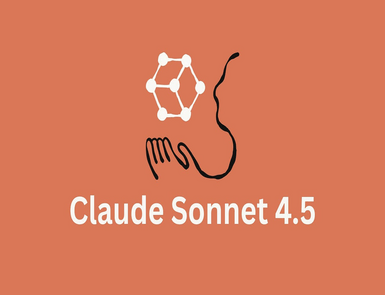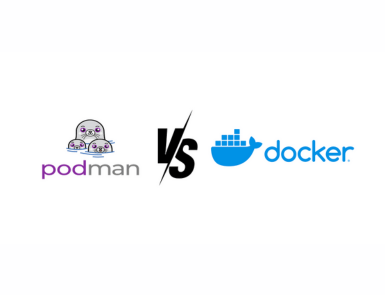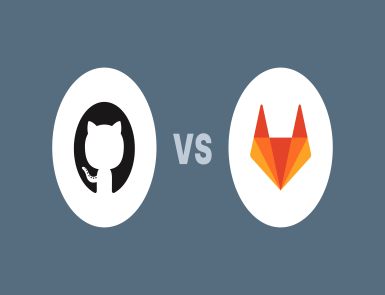
Many businesses that follow the DevOps (Development and Operations) approach for software development are now incorporating MLOps (Machine Learning Operations) into their strategies to drive innovation and streamline deployment.
However, since machine learning and traditional software development follow different paths, integrating them isn’t as straightforward as it may seem.
This post shares practical ways to bring DevOps and MLOps together and explains the main benefits of doing so.
Let us start.
Overview of DevOps
DevOps is a set of practices that helps development and IT teams work more closely. It boosts automation and teamwork, leading to faster and more dependable software delivery.
DevOps functions on the CALM principles—Culture, Automation, Lean, and Measurement.
- Culture encourages collaboration and shared responsibility between teams.
- Automation streamlines all repetitive jobs, such as deployment, testing, and monitoring.
- Lean focuses on reducing waste and optimizing processes for efficiency.
- Measurement involves monitoring all performance metrics to ensure continuous improvement.
DevOps Workflow
The DevOps lifecycle follows a CI/CD approach to develop and deliver software efficiently.
The typical DevOps workflow goes through these stages:
- Plan: Figure out what features or fixes need to be worked on.
- Code: Write the code and save it in a shared system like Git.
- Build: Compile the code and create the necessary files or packages.
- Test: Run tests to make sure the code works and is in high quality.
- Deploy: Push the code to the production environment.
- Monitor: Keep an eye on how the app performs and listen to user feedback.
- Operate: Maintain and scale the system to keep everything running smoothly.
Overview of MLOps
MLOps, or Machine Learning Operations, is a framework that applies DevOps principles to machine learning workflows.
Machine learning models are not static code artifacts. To improve performance, they require regular training, testing, deployment, and monitoring.
The core principles of MLOps include:
- Data-Centric Approach: Prioritizes data quality, consistency, and versioning.
- Model Lifecycle Management: Automates model training, evaluation, deployment, and updates.
- Continuous Monitoring: Tracks model performance and detects data drift in real-time.
- Collaboration: Ensures alignment between data scientists, ML engineers, and operations teams.
- Reproducibility: Ensures experiments can be reliably repeated with consistent results.
MLOps Workflow
The lifecycle of MLOps has the following key stages.
- Data Preparation: In this phase, data is collected, cleaned, and versioned for training.
- Model Development: It involves designing models and experimenting with algorithms and hyperparameters.
- Training: In this phase, models are trained on large datasets using GPUs.
- Validation: The performance of the model is evaluated using metrics such as accuracy and F1 score.
- Deployment: This phase involves deploying models as APIs or embedded systems.
- Monitoring: It involves tracking model predictions, data drift, and performance drops.
- Retraining: It means updating models with new data to maintain accuracy.
Strategies to Unify DevOps and MLOps
Unifying MLOps and DevOps requires thoughtful planning as both have different focuses. Some key strategies to achieve this include:
- Create Cross-Functional Teams: An effective way to align MLOps with DevOps is to build a cross-functional team of diverse experts. A team that includes data scientists, software developers, DevOps engineers, and MLOps specialists fosters better collaboration. The team shares knowledge and technologies for better web development, deployment, and maintenance.
Moreover, the cross-functional team faces fewer integration issues and enjoys smoother transitions. It naturally improves productivity.
- Establish Unified CI/CD Pipelines: Integrating ML workflows into an existing CI/CD system automates code integration and deployment. It allows users to create a single, automated system for versioning, testing, and deployment. Tools like Jenkins, GitLab CI, and GitHub Actions let you unify DevOps and MLOps workflows.
- Standardized Monitoring: Develop a unified system to track the performance of DevOps and MLOps. Consolidate all the dashboards and tracking tools to compare metrics and detect issues immediately. Tools like Grafana can help you visualize various metrics on a shared dashboard. You can see both application metrics and model metrics in one place.
Additionally, you can integrate an alert system. It will notify you of model drift, performance decline, and infrastructure issues.
- Shared Infrastructure: You can also leverage shared infrastructure to align MLOps and DevOps. It involves using the same underlying systems, such as cloud platforms, to run software applications and Machine Learning. It not only ensures consistency but also minimizes the overhead.
- Get a Feature Store: A feature store acts as a bridge between ML development and production. It centralizes features (inputs) used for training and serving, minimizing redundancies and inconsistencies. The store ensures that features are always ready for training models and making real-time predictions.
These are some proven and reliable methods for unifying DevOps and MLOps. Now, let us explore some key advantages of integrating these two practices.
Advantages of Blending DevOps and MLOps
- Quick AI Deployment: Combining machine learning (ML) components with CI/CD pipelines enables businesses to integrate AI-powered features into production in a more efficient and rapid way.
- Improved Collaboration: Unifying multidisciplinary teams improves communication, encourages shared responsibility, and reduces misunderstandings.
- Easy Workflows: The risk of duplicated work is minimal with integrated tools and shared infrastructure. Unifying MLOps and DevOps also simplifies debugging and maintenance.
Final Words
DevOps and MLOps each have several benefits on their own. However, when combined, they unlock greater potential. They enable faster deployments, smoother collaboration, and higher productivity.
All-in-all, unifying them is a smart step toward building more efficient and scalable AI systems.







